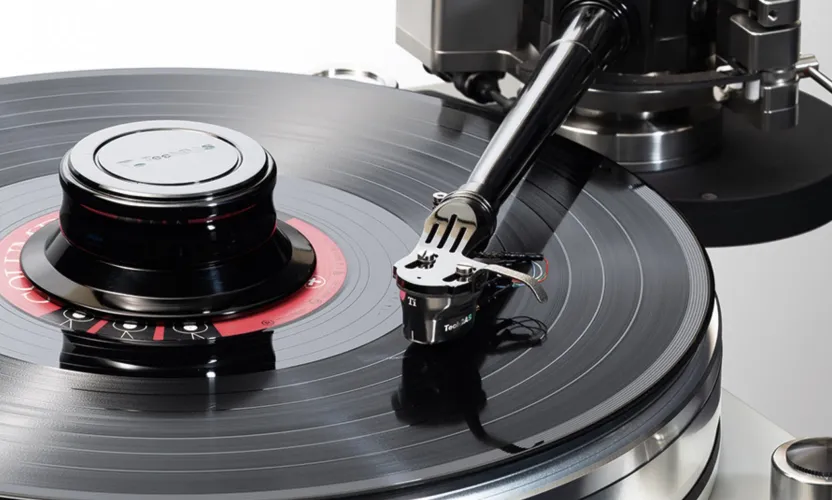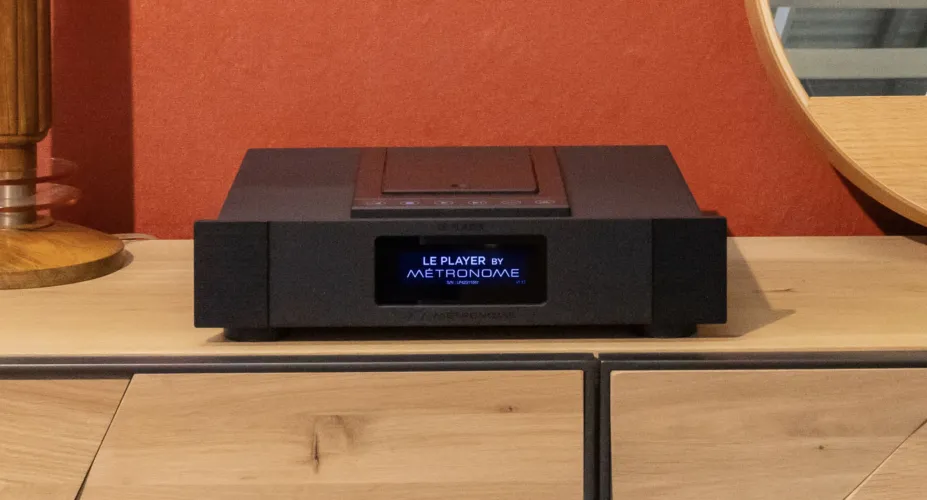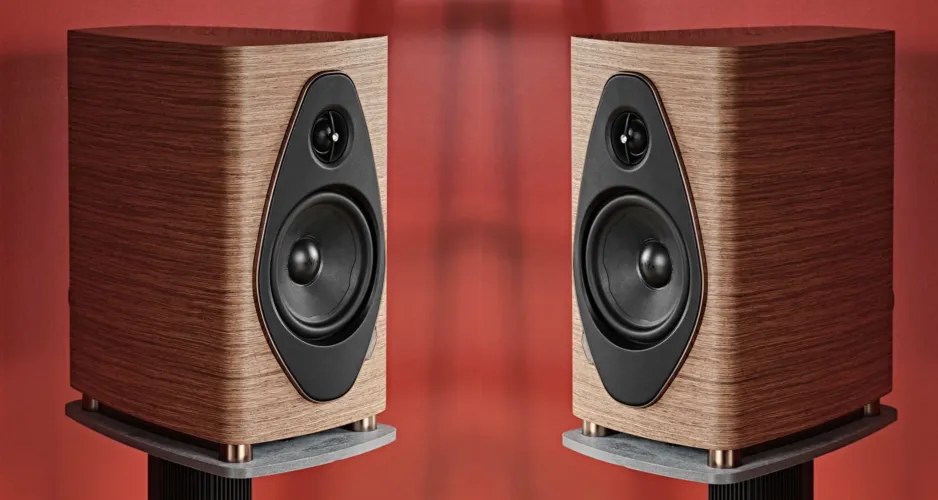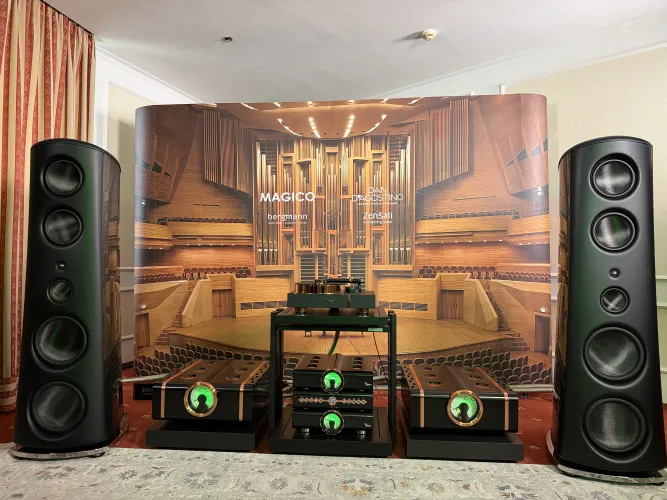
Understanding the Evolution of Audio Quality
From Vinyl to Digital and Back to Analog Sound
The development of the music industry in terms of formats was cyclical - the era of analog tapes and vinyl was followed by the era of the compact disc, then file formats, Hi-Res sound and, finally, streaming. However, today we can confidently say that in the highest echelon of quality the pendulum has swung back - and vinyl has become more alive than all the living again. Not to mention the revival of interest in magnetic tapes, compact cassettes - analog sound demonstrates such a luxurious sound that music lovers and audiophiles are ready to put up with the inevitable ergonomic limitations. In this article, we will follow the evolution of household sound formats, try to understand the logic of development and its impact on sound quality, and also make forecasts for the future development of the industry.
Era of gramophones
Edison's first wax cylinder phonograph was created in 1877 - so today the household music industry and the first commercial sound recording have already turned 148 years old. The declared frequency response of 250 - 2000 Hz, although not corresponding to the parameters of human hearing, fully provided an idea of the original recording. However, the subsequent era of gramophones at the beginning of the 20th century turned out to be not very widespread (up to one hundred thousand machines were sold per year in the world).

Vinyl records
In fact, the development of "home music" began in 1948, with the introduction of vinyl records, LP. In the 1960s, a real boom in records began - in the USA alone, sales exceeded 100 million LPs per year! At the start, the vinyl guaranteed a frequency response within 30 - 15,000 Hz - and it was vinyl records that contributed to the beginning of the mass production of equipment for high-quality music reproduction at home. Vinyl provided "that very" dynamic and rhythmic sound, perfectly conveying musical emotions and the spirit of the work.
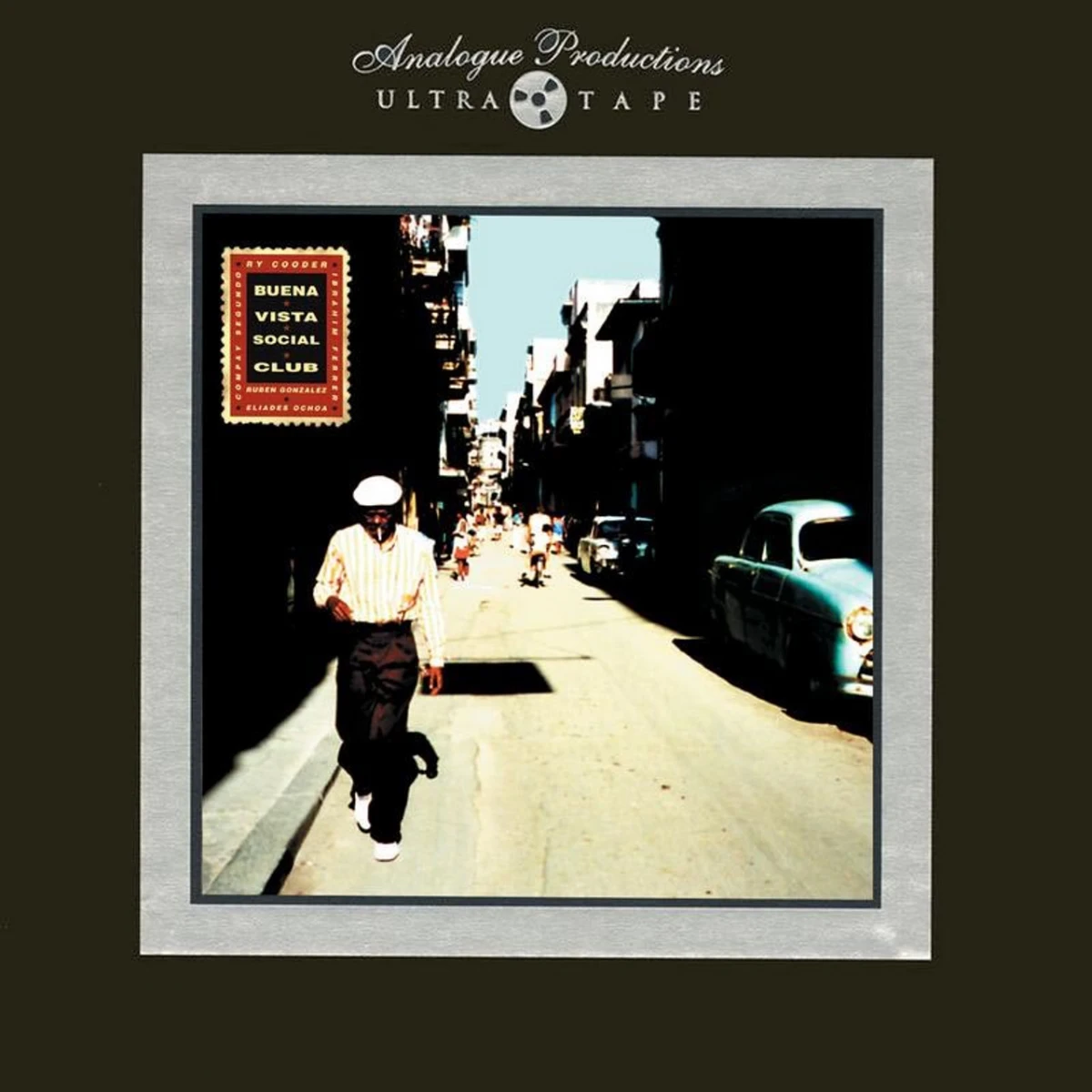
Reel-to-Reel
In parallel with vinyl, magnetic tape recording or Reel-to-Reel developed – since 1949, mass production of household R2R tape recorders from Ampex, Tandberg began. The format itself, using a tape ¼ inch wide, quickly split into three branches – 19 cm/sec (home standard), 38 cm/sec (professional Hi-Fi), 76 cm/sec (master tapes). Studio multi-track tapes of ½", 1" and 2" also went into production. Frequency response up to 22000 Hz and exceptionally high sound quality did their job - with a rather slow start at the beginning of the path and orientation towards professional use, by the 1970s there were over 50 million household magnetic recordings per year in the world, and in the USA in 1973 the share of reel-to-reel tape recorders in audio systems reached 20-25%. Recording on magnetic tape (format from 38 cm/s) still remains the standard in terms of sound quality and no format has yet come close to it in terms of realism. While vinyl remained the dominant format for home use, and magnetic tape was more of a premium scenario, a lot of other home formats appeared on the market.
8-track Stereo
In 1964, RCA and Lear Jet introduced a format that was almost comparable to magnetic tape in terms of sales volume - the 8-track Stereo / 8-Track cartridge (a cartridge with a magnetic tape loop). With a frequency response similar to vinyl, it provided compactness and was widely used in the auto industry - sales reached 50 million units per year by 1978. Quite high flutter and other inconveniences of use did not allow 8-Track to stay on the market any longer.
![THE GITS - Frenching The Bully [remastered] Cassete](/storage/media/2025/107/10798/cnv/6815d3efb95b3-lg.webp)
Compact cassette
The famous compact cassette, launched by Philips in 1963, became a format of mass home consumption (along with vinyl) by the 70s of the twentieth century. By that time, luxurious cassette decks from Nakamichi, Pioneer, Sony had appeared, and the Dolby B noise reduction system had made it possible to level out the limitations of the format. The standard tape (Type I) blackmailed the frequency response to 12–14 kHz, and Type II, Type IV – to 17–19 kHz with the then new Dolby C noise reduction system. The sound quality was truly warm, pleasant and analog – but in terms of detail, it was incomparable to vinyl (and especially magnetic tape). By the end of the 70s, the compact cassette had displaced the 8-track cartridge from the car market and even began to surpass vinyl in terms of sales for home use – but the advent of the compact disc (more on that below) cancelled out the growth. The only drivers were portable players, Walkmans from Sony and other brands, but their era was not very long.
Elcaset
In 1976, Sony tried to make a "cassette renaissance" at a new level of sound quality - the Elcaset system was introduced with a ¼" tape (like R2R) in an automatic cassette with a frequency response of up to 20,000 Hz. Large dimensions did not ensure the format's popularity, and it was discontinued in 1980. Although its sound quality was already quite close to vinyl.

Compact disc (CD)
Now let's move on to a revolutionary milestone - the introduction of the compact disc (CD) in 1982. Digital information encoded with zeros and ones on the CD used a 44.1 kHz, 16-bit (20 Hz - 22050 Hz) model - and the simplicity and ergonomics of use ensured the incredible popularity of the CD - at peak sales reached 450 million CDs per year, and 10 years after the launch, in 1992, more than 1 billion compact discs. Despite the "prickly" sound (especially of the first players) at high frequencies, the absence of noise turned the market upside down - and only years later users began to remember that vinyl sound was much more fluid and pleasant.
MiniDisc (MD)
In 1991, Sony struck back with the release of the Sony MiniDisc (MD), which reached its peak in 1998–2003 and was discontinued in 2013. A rewritable or pre-recorded 64 mm (2.5") magneto-optical disc in a plastic cartridge for 74 or 80 minutes in the ATRAC (Adaptive TRansform Acoustic Coding, 292 MB) format and expanded to Hi-MD up to 1 GB since 2004, with support for PCM recording. Guaranteeing CD-level sound quality, MiniDisc achieved 22 million playback devices sold – but went astray, becoming, in fact, a bridge between disc and fully digital audio playback formats.
MP3
It is quite logical that the use of digital information in audio and the rapid development of the computer industry could not help but affect the market – the next frontier was an attack on the very physical essence of music formats. So, in 1995, MP3 (128 kbps) appeared – a compressed file format providing a frequency response of up to 16,000 Hz with an inevitable decrease in quality relative to the original recording on a compact disc. Its exceptional convenience gave MP3 a head start – and already in 1999 one of the platforms, Napster, had 80 million users. The compressed format, of course, lost a lot of detail and could not compete in terms of quality with other formats at that time. Experiments with increasing the sampling frequency for MP3 gave little in terms of quality – so the industry again “decided” to return to disk formats.
DVD-Audio
In 1999, Toshiba, Panasonic, Warner Music introduced DVD-Audio – a medium with 96 kHz / 24 bit (5.1), 192 kHz / 24 bit (stereo) recording with Meridian Lossless Packing (MLP) algorithm data encoding. By 2005, total sales reached 5 million discs, but weak studio support did not allow the format to mass market.
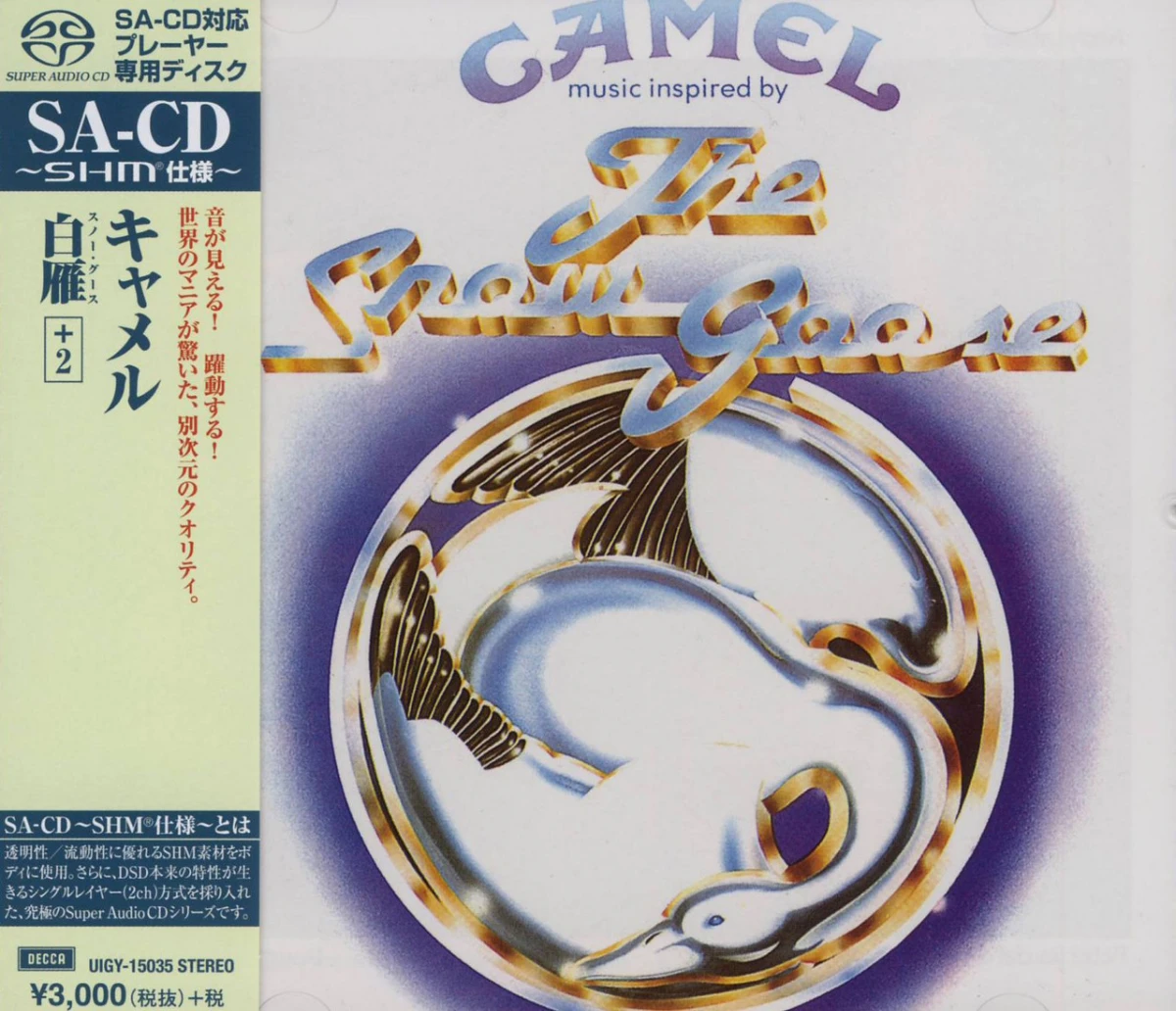
SACD
Orally, Sony announced in 1999, and in 2000 released the SACD disc format on the market – which still exists. SACD uses DSD encoding (Direct Stream Digital) 2.8224 MHz, 1 bit and supports hybrid discs - SACD plus CD layer. By 2007, about 12 million SACDs were sold worldwide, then the format became more of a collector's rarity and the lot of rare releases (mainly SHM-SACD from Universal Japan). Both DVD-Audio and SACD were noticeably superior to CD in terms of natural sound – but they didn’t even reach vinyl. Analog recording (vinyl, magnetic tape) remained the standard in terms of natural performance.
Hi-Res
But the decline of DVD-Audio and SACD popularity was simultaneously the dawn of the Hi-Res file format - using Hi-Res PCM packing in a FLAC container. This scheme guaranteed quality up to 192 kHz, 24 bit, and computer hard drives and the width of the Internet connection already allowed at that time (2009) to actively operate such volumes of data. Then the DSD (Direct Stream Digital) format from Sony joined the Hi-Res concept - and it became obvious that digital disc media, in fact, almost no place was left in the audiophile market. The sound quality of such formats became equal to DVD-Audio / SACD - the use of similar codecs and the development of High-End streamers made it possible to do this.
Streaming
At its peak, up to 5 million Hi Res digital albums were sold per year - and, of course, the format quickly moved from file downloads to the field of streaming. First in compressed and uncompressed formats - so, by 2015, 44.1 kHz, 16-bit streaming was in use. And by 2020, the same Spotify already had 286 million subscribers! Quite quickly, along with the growth of the web connection width, most streaming services also introduced Hi-Res subscription options, depriving users of the need to download files. The share of streaming in the revenue of the music industry was 62% in 2021 and reached 75% in 2024.
Vinyl renaissance
Since the early 2000s, good old vinyl suddenly began to feel good on the audiophile market - reissues of classic albums began to appear, sales improved. The full-fledged "second coming of vinyl" or "vinyl revolution" happened in 2000-2025 - last year 46 million vinyl records were sold (plus 206%), when in 2019 only 19 million LPs were sold per year. The share of vinyl in physical media revenue was 70% by 2024, and in 2025, the volume of vinyl sales is expected to reach 50% of the peak level of the 1970s - not bad, right?
Analog renaissance
In parallel, other analog formats are developing again - sales of compact cassettes in 2023 reached 3 million units (plus 23% year-on-year), and the growth of Reel-to-Reel tapes shows a steady 15% per year.
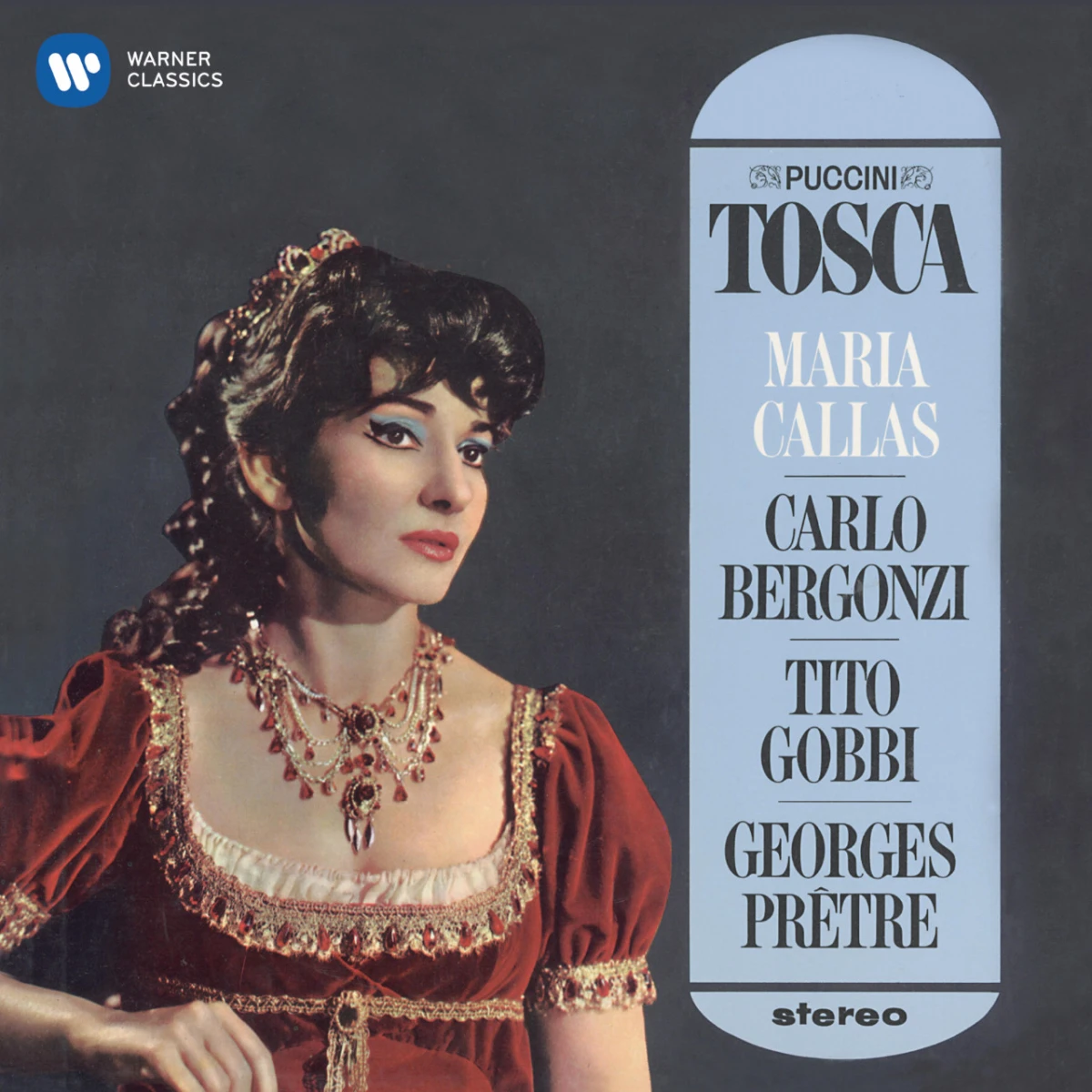
Conclusion
The secret is simple - using analog formats (primarily vinyl and magnetic tapes, the growth of compact cassette sales is more of a tribute to retro fashion) we get higher sound quality, warm analog enchanting sound and a genuine tactile ritual when listening. Envelopes, printing, starting music manually - all this is adjacent to the density of bass that is still unattainable for digital and the feeling of a wall of "sound". Of course, if you are ready to pay for it - even records are now quite expensive, and magnetic tapes can easily cost more than $ 500 per album, not to mention the equipment.
What awaits us in five years? According to some estimates, vinyl sales will reach 60 million LPs per year. In streaming, changes will most likely concern the transition to lossless and Hi-Res - from 10% to 25% of all subscribers by 2028 will switch to uncompressed broadcast options.
As a conclusion, we will compile a rating of modern audiophile sound formats in terms of quality:
4. CD and Losless streaming
3. Hi-Res streaming
2. Vinyl
1. Reel-to-Reel


